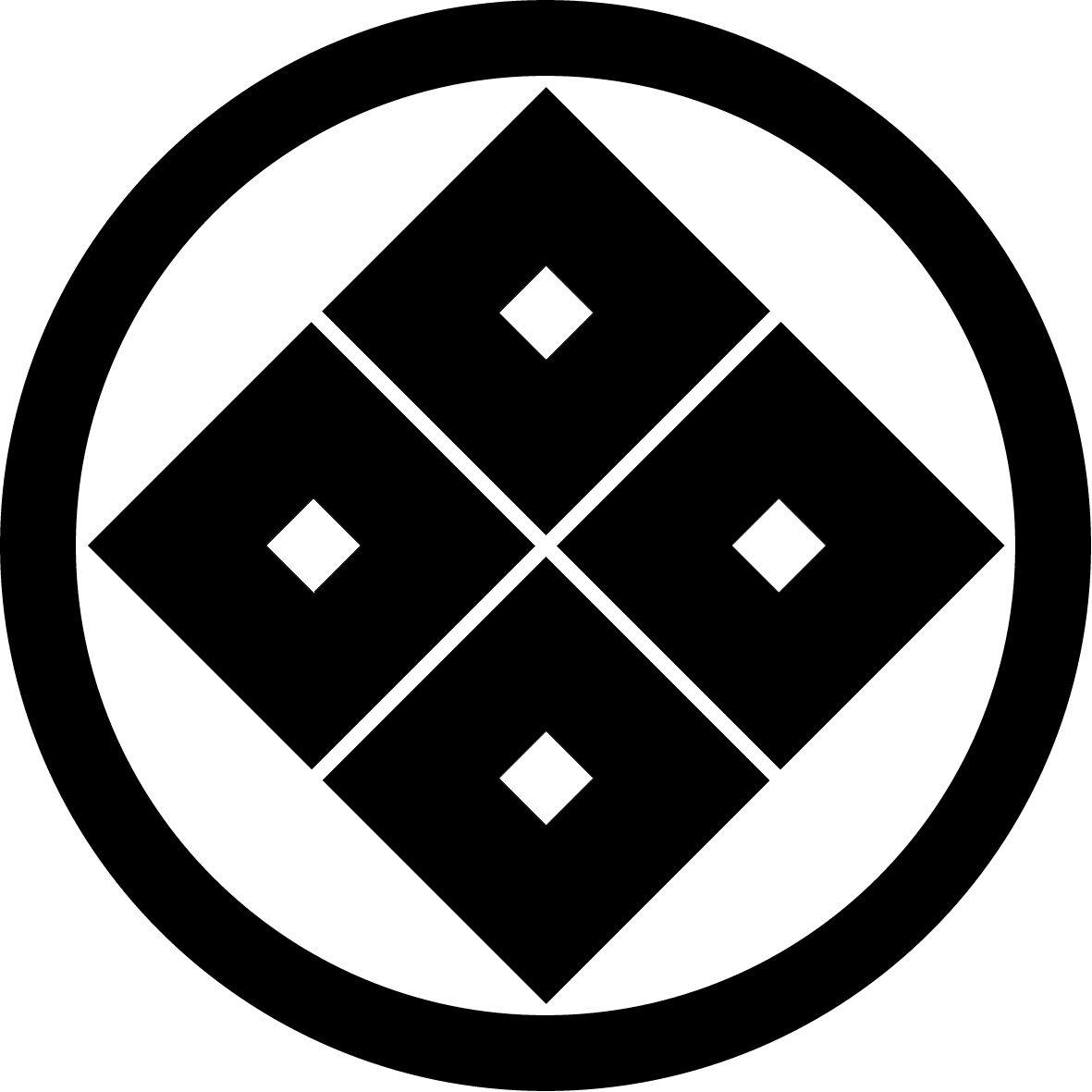
| Menu |
| About Seishinkan |
| Location & Times |
| Instructors |
| Waza List |
| Members |
| Contact Us |

About Seishinkan Iaido
What style of Iaido is practiced?
The style of iaido practised in Seishinkan is Musou Jikiden Eishinryu, and is affiliated with the Dai Nihon Iaido Renmei (the "All Japan Iaido Federation"). Specifically, the Iaido taught is that of the late Yasuyoshi Kimura (10th Dan Hanshi "Grandmaster") from Meishinkan in Osaka, who taught a practical and dynamic style of Iaido with its origins in Shikoku. Seishinkan Iaido was started in January 1993, originally as a subsidiary of the Meishinkan Dojo, until Kimura Kancho's death in January, 1999. Seishinkan practises the waza (forms) in exactly the same way that they were taught by Kimura Kancho, with the objective of preserving the art.
What is the Dai Nihon Iaido Renmei?
The Dai Nihon Iaido Renmei is headed by the Chair of the Board of Directors, Aseisai Taguchi (9th Dan Hanshi), and is made up of a relatively small number of high ranking teachers dedicated to preserving and perfecting various styles of Iaido. At present, the Federation includes 36 different branches both in and out of Japan, representing Musou Jikiden Eishinryu and Hokushin shin'ohryu Iaido.
Where are the dojos of Seishinkan Iaido?
There is one dojo in Tokyo (Shinjuku), four dojos in Australia (The Gold Coast, Brisbane, Sydney and Melbourne), two dojos in the United States (Manhattan and Warrensburg), and two in Poland (Cracow and Tychy). All dojos teach exactly the same style, and members meet together regularly.
Who is the head of Seishinkan Iaido?
The head of Seishinkan Iaido is Kancho Glenn Stockwell (7th Dan Kyoshi). He was trained directly by Yasuyoshi Kimura Kancho in Osaka since 1991, before which time he studied Musou Shindenryu Iaido for several years. He is the first non-Japanese in history to receive the ranks of 6th Dan, Renshi, 7th Dan, and Kyoshi from the Federation, having completed all requirements including the Japanese written examinations. He is the head of the "Seishinkan Division" and a member of the Management Committee of the Federation.
Can students of Seishinkan interact with other dojos?
Yes, students of Seishinkan are able to compete in the Kyoto Championships each year, which is recognised as the World Championships for the art. In addition, there are several other events throughout the year where we can meet and train with other people from around Japan and the world.
How good is Seishinkan Iaido?
Determining whether a dojo is good or bad usually depends on the relationship between the students and the teacher, and how faithfully the teachers try to maintain the style they are responsible for. In saying that, dojos can have recognition from others through results of tournaments, and Seishinkan Iaido does very well in the Kyoto Championships. Over the past 20 years, we have attained more than 100 medals, winning Dangai, 1st Dan, 2nd Dan, 3rd Dan, 4th Dan, 6th Dan, Renshi and 7th Dan.
How much does it cost to join and train?
There is a one-off joining fee of 4000 yen, which includes membership to the Dai Nihon Iaido Renmei, and a yearly fee of 6,000 yen. The only other cost is the training fee which is 500 yen per session. There are no monthly fees or other charges. The first lesson is free, and there is no obligation to join.
What equipment do I need and how much does it cost?
You will need a hakama, obi, dogi and an iaito (a katana for iaido). If you have your own equipment, you are welcome to bring this along, but iaito may be checked to ensure that they are safe. If you need to buy equipment, hakama, obi and dogi can be purchased for around 15,000 yen. Iaito vary depending on quality and weight, but a good beginner's iaito is generally between 35,000 - 60,000 yen.
How long does it take to be able to do Iaido?
Any martial art takes a long time, but you can expect to be able to do the basics (drawing, cutting, cleaning the blade and sheathing) within a few weeks. To attain perfection, however, can take a lifetime. As a famous Japanese proverb goes, "Senri-no michi-mo ippo kara" which means that "Even a thousand mile journey must start with one step." Training is a long but enjoyable voyage, taken together with other members of the dojo, all of whom want to help each other.
Are there any age restrictions on doing Iaido?
No, we have members of all ages ranging from 13 through to 80 years of age. We have smaller people (around 142 cm) and larger people (203 cm). Many members comment that their general health definitely improved through doing Iaido, which is low impact but good exercise. If you have any specific conditions, please talk to the teacher. We have both men and women training.